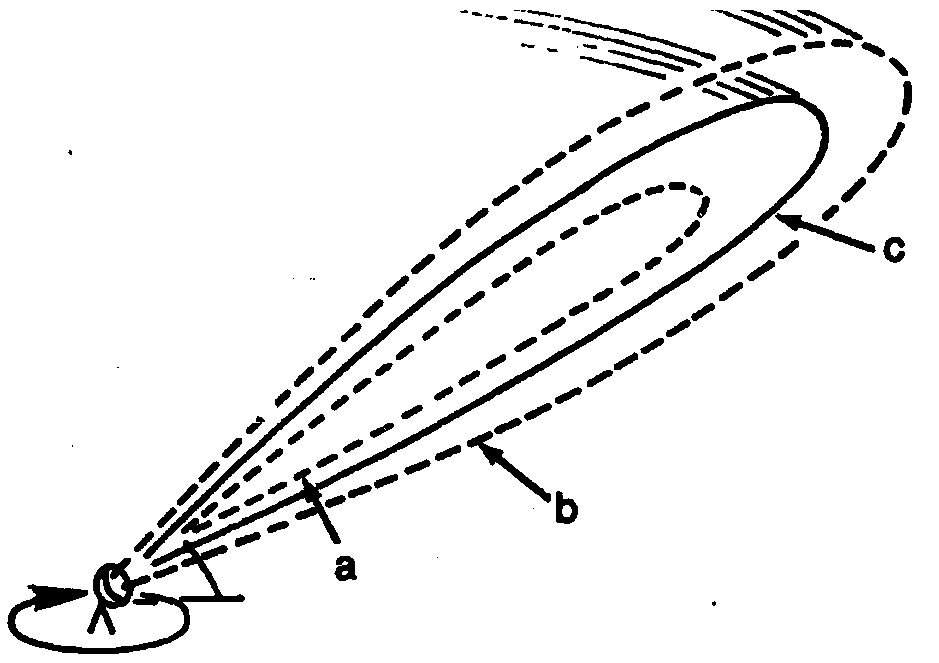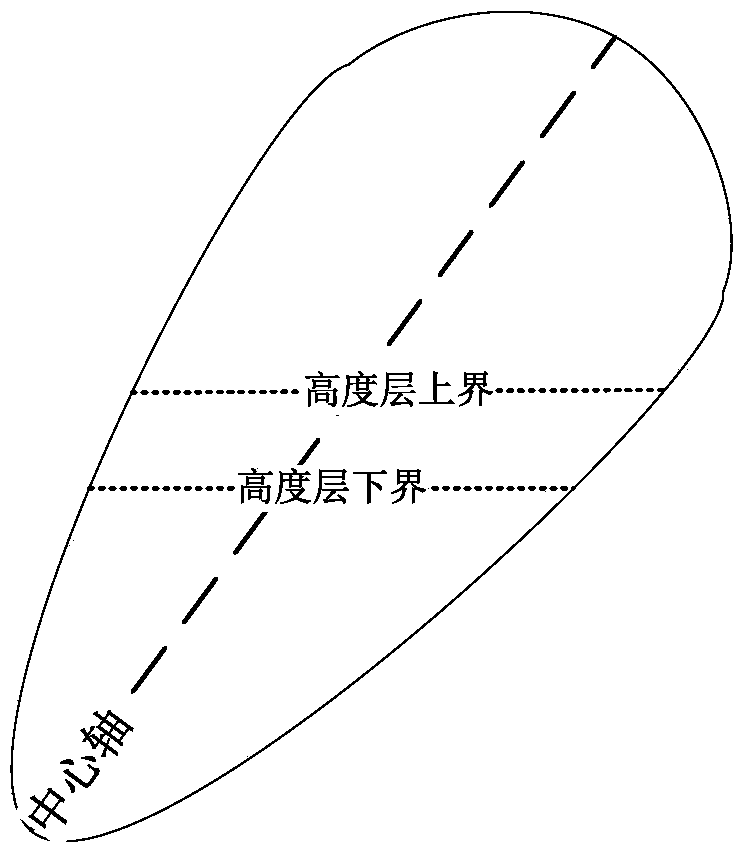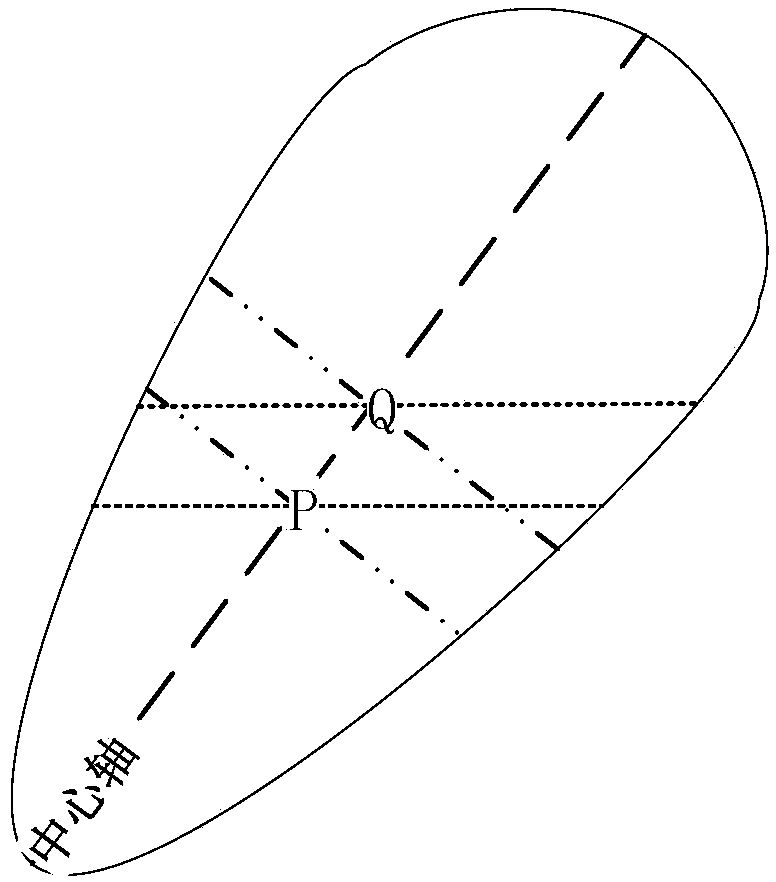Insect density statistical based on nearest neighbor correlation and the Gaussian beam volume
A nearest neighbor and Gaussian beam technology, applied in the field of insect radar, can solve the problems of long radar detection distance, large gap in detectable volume, complex calculation of radar detectable volume, etc., achieve reasonable volume calculation and reduce false alarm rate.
- Summary
- Abstract
- Description
- Claims
- Application Information
AI Technical Summary
Problems solved by technology
Method used
Image
Examples
Embodiment Construction
[0038] The present invention will be described in detail below with reference to the drawings and embodiments.
[0039] The invention uses a two-dimensional scanning insect radar to observe migrating insects, uses the nearest neighbor method to correlate radar data, counts the number of insects, and then uses Gaussian beam rotation integral to calculate the radar scan volume, and divides the number of insects by the corresponding volume to obtain the insect density.
[0040] Scanning radar generally discretizes 0°-90° elevation angles, and the radar realizes airspace scanning through continuous azimuth rotation at each elevation angle. It should be noted that the present invention calculates the density of insects in a scanning mode with a fixed elevation angle or a radar at multiple elevation angles, and the beams at each elevation angle do not overlap.
[0041] Step 1: Statistics of the number of insects
[0042] The key to quantitative statistics lies in the detection and associati...
PUM
 Login to View More
Login to View More Abstract
Description
Claims
Application Information
 Login to View More
Login to View More - R&D
- Intellectual Property
- Life Sciences
- Materials
- Tech Scout
- Unparalleled Data Quality
- Higher Quality Content
- 60% Fewer Hallucinations
Browse by: Latest US Patents, China's latest patents, Technical Efficacy Thesaurus, Application Domain, Technology Topic, Popular Technical Reports.
© 2025 PatSnap. All rights reserved.Legal|Privacy policy|Modern Slavery Act Transparency Statement|Sitemap|About US| Contact US: help@patsnap.com



